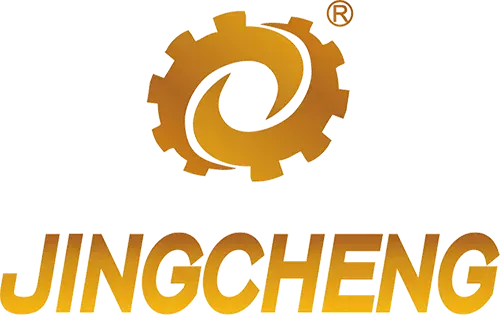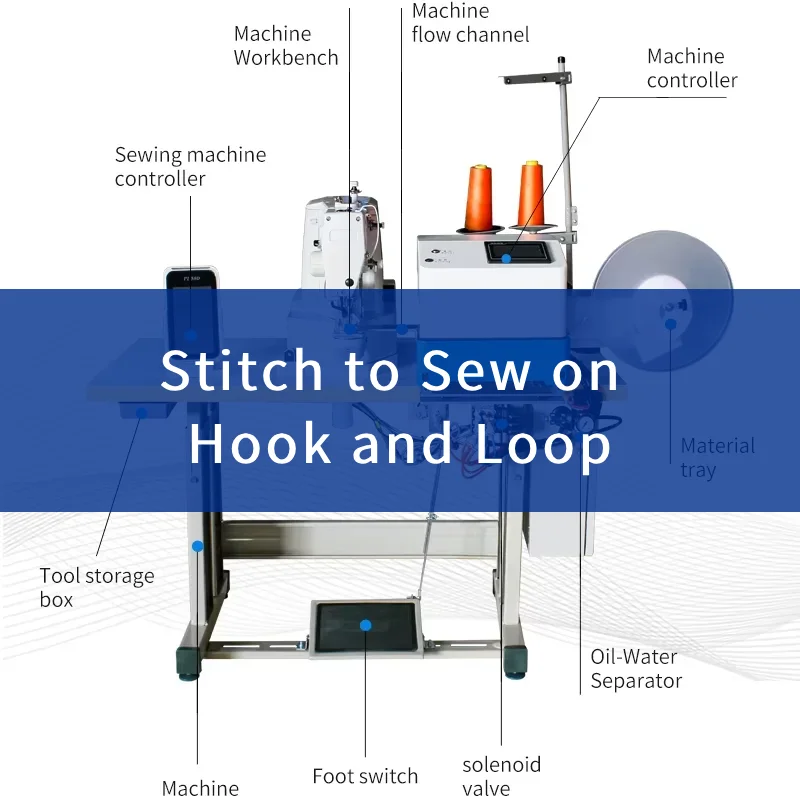In the world of fabric manipulation, hook and loop has become a staple in numerous applications, how to stitch to sew on hook and loop,from fashion to functional accessories. Whether you’re in the garment industry or simply tackling a DIY project, knowing how to efficiently stitch hook and loop materials is crucial. A high-performance stitching machine tailored for hook and loop fabrics ensures smooth, durable results that elevate your work.
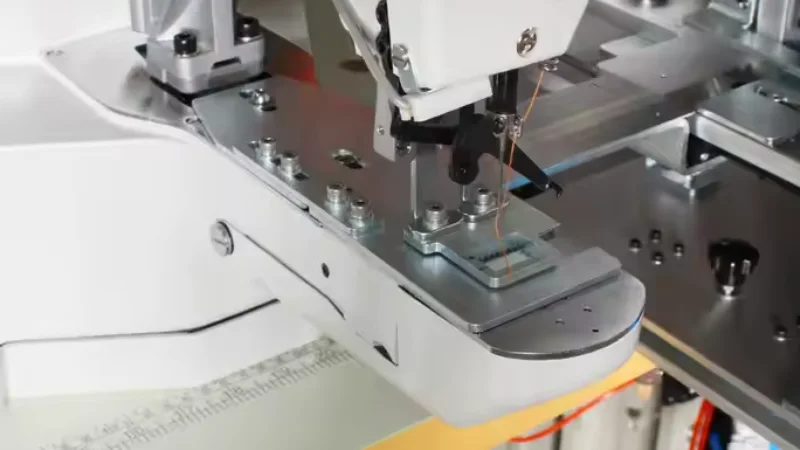
Hook and Loop Technology
Hook and loop is a unique fastening system, consisting of two strips: one with tiny hooks and the other with loops. These strips are designed to adhere to each other when pressed together, making them perfect for applications where quick and secure fastening is needed. Understanding how this technology works helps ensure you’re using the right stitching techniques and machines.
Why Choose a Stitching Machine for Hook and Loop?
While hand-stitching may be a feasible option for small tasks, a stitching machine offers speed, precision, and durability, especially for larger projects or mass production. Machines designed specifically for hook and loop ensure that the stitching is uniform and the fastening system works flawlessly. With a machine, you’ll also avoid the frustrations of uneven stitches or material shifting during sewing.
Key Features of an Efficient Stitching Machine for Hook and Loop
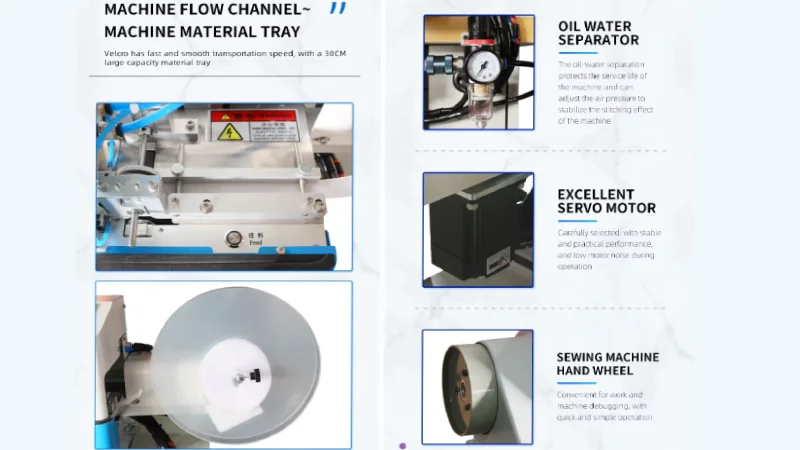
When choosing a stitching machine for hook and loop applications, look for these key features:
- Adjustable Speed Settings: Different materials and project sizes require different speeds.
- Heavy-Duty Needle: Hook and loop materials can be thick and tough, so a machine with a heavy-duty needle is essential.
- Multiple Stitch Options: Zigzag and straight stitches are popular for hook and loop sewing.
- Durable Feed Dogs: These help in guiding the fabric smoothly through the machine without shifting.
Choosing the Right Machine for Your Needs
Selecting the right stitching machine depends on several factors, such as the volume of production, the types of fabrics you’ll be working with, and your level of experience. Machines specifically designed for industrial use may offer more power and durability, while home-use machines are great for smaller projects. Research your options carefully, paying attention to user reviews and features that cater to your needs.
Benefits of Using an Efficient Stitching Machine
An efficient stitching machine for hook and loop offers several advantages:
- Time Savings: Machines stitch much faster than hand-sewing.
- Consistency: The machine delivers even, consistent stitches that are difficult to achieve by hand.
- Durability: A machine ensures a stronger, longer-lasting fastening system.
- Ease of Use: Many modern machines come with features that make sewing hook and loop simple and intuitive.
Common Hook and Loop Stitching Issues and Solutions
Despite its many benefits, hook and loop stitching can come with a few challenges. Here are some common problems and how to solve them:
- Uneven Stitches: Adjust the tension and ensure your needle is sharp.
- Shifting Fabric: Use a walking foot or a machine with strong feed dogs.
- Skipped Stitches: Check your needle type and thread tension settings.
Step-by-Step Guide to Hook and Loop Stitching
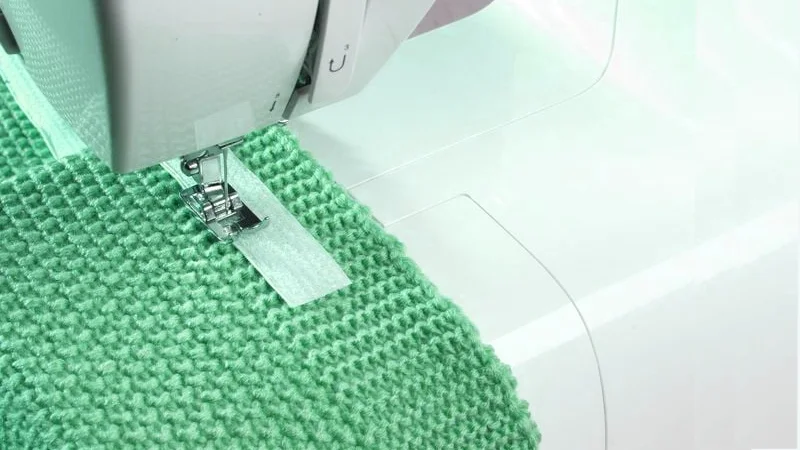
Preparing Your Machine
Before starting, make sure your machine is properly set up. Check the needle, thread, and tension to ensure everything is ready for a smooth stitching experience.
Setting Up Your Fabric and Hook/Loop Material
Place the hook side of the material on one piece of fabric and the loop side on the other. Make sure both are aligned correctly.
Stitching Process
Start sewing slowly, guiding the fabric through the machine. Use a zigzag stitch for a secure bond. Make sure to stitch back and forth over the edges of the hook and loop to reinforce the fastening.
Post-Stitching Adjustments
After completing the stitching, inspect your work. Trim any excess threads and check that the hook and loop adhere properly.
Advanced Stitching Techniques for Hook and Loop
For specialized projects, advanced stitching techniques such as double stitching or using different thread types can enhance the strength and appearance of your hook and loop fastenings. These techniques are perfect for heavier-duty applications, such as military gear or industrial textiles.
Best Practices for Maintaining Your Stitching Machine
To ensure your stitching machine remains efficient, regular maintenance is key. Clean the machine after each use, oil moving parts, and replace the needle when it becomes dull. Keeping the machine in top condition ensures smooth performance and prevents unnecessary breakdowns.
Troubleshooting Common Hook and Loop Stitching Problems
Here are some common issues and quick solutions:
- The fabric doesn’t feed correctly: Check if the feed dogs are functioning and clean.
- The stitches are too tight or too loose: Adjust the tension and recheck the needle type.
- The material is jamming: Use a walking foot or a larger needle for thick materials.
Comparison of Popular Stitching Machines for Hook and Loop
| Machine | Stitch Types | Speed | Price | Ideal Use |
|---|---|---|---|---|
| Singer Heavy Duty | Straight, Zigzag | High | Moderate | Home & Small Business |
| Brother Industrial | Multiple | Very High | High | Industrial Use |
| Janome Sewing Pro | Zigzag, Decorative | Moderate | Moderate | Fashion & Upholstery |
Top Brands for Hook and Loop Stitching Machines
Some of the leading brands in the stitching machine market include Singer, Brother, and Janome. Each offers a range of options suitable for both home and industrial use. Be sure to consider your specific needs when choosing a machine from these trusted brands.
FAQs
1. Can I use any stitching machine for hook and loop?
No, it’s best to use a machine designed for heavy-duty fabrics like hook and loop to ensure durability.
2. How do I avoid shifting fabric when stitching hook and loop?
Using a walking foot or a machine with strong feed dogs can help guide the fabric smoothly.
3. What type of needle is best for hook and loop materials?
A heavy-duty or denim needle works best for hook and loop materials, as they are thicker and tougher.
4. Can I stitch hook and loop by hand?
Yes, but it may be slower and less precise than using a machine.
5. How do I care for my stitching machine?
Regular cleaning, oiling, and needle replacement can extend the life of your machine.
6. What is the best stitch for hook and loop?
A zigzag stitch is typically the best choice for hook and loop, as it ensures a secure and flexible bond.
Conclusion
Investing in an efficient stitching machine for hook and loop can significantly streamline your work, whether for home projects or industrial applications. By choosing the right machine, following best practices, and maintaining it well, you’ll ensure a smooth and professional result every time.
